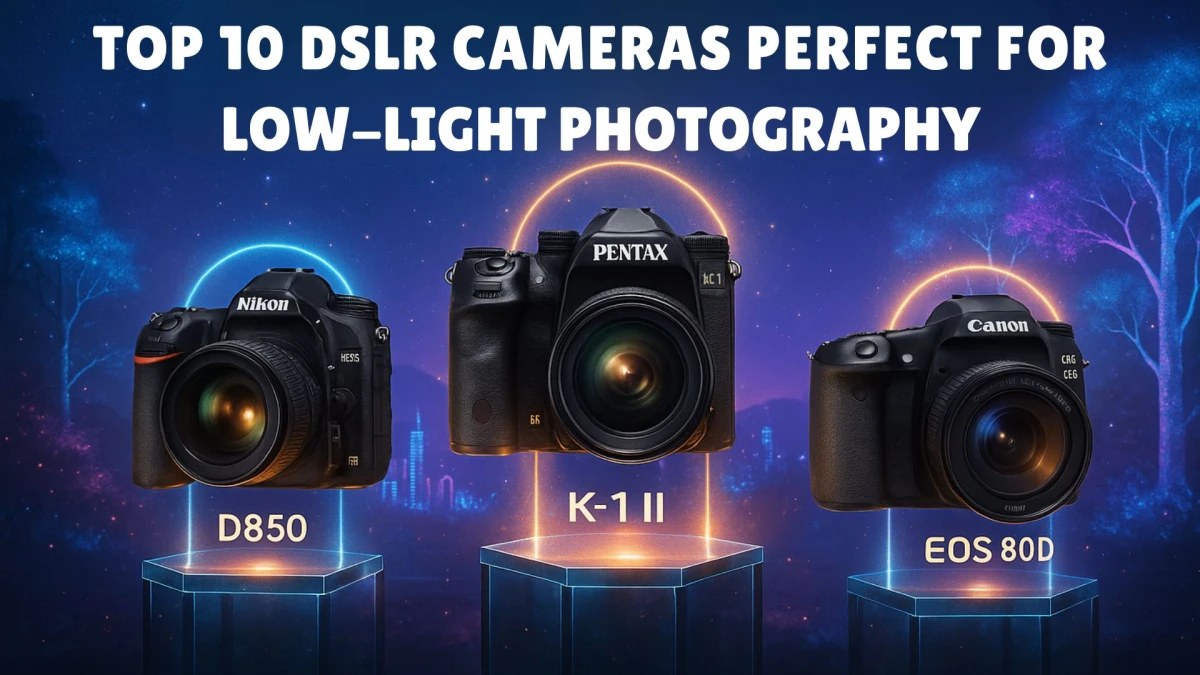Top 10 DSLR Cameras Perfect for Low-Light Photography
Low-light photography pushes your gear to the limit. Whether you're shooting nighttime cityscapes, indoor portraits, or candlelit events, you need a camera that can handle high ISOs, produce clean images with minimal noise, and offer fast, accurate autofocus in dim conditions.
In 2025, mirrorless cameras dominate this space, outperforming DSLRs in sensor technology, stabilization, and real-time autofocus. But some DSLRs still hold their ground for photography purists and RAW shooters. Below are the top 10 cameras that deliver outstanding low-light performance, whether you're a beginner, enthusiast, or professional.
|
Rank |
Camera Name |
|---|---|
|
10 |
Nikon D500 |
|
9 |
Canon EOS 80D |
|
8 |
Nikon D750 |
|
7 |
Pentax K-3 Mark III |
|
6 |
Canon EOS 90D |
|
5 |
Pentax K-1 Mark II |
|
4 |
Canon EOS 6D Mark II |
|
3 |
Canon EOS 5D Mark IV |
|
2 |
Nikon D780 |
|
1 |
Nikon D850 |
10. Nikon D500
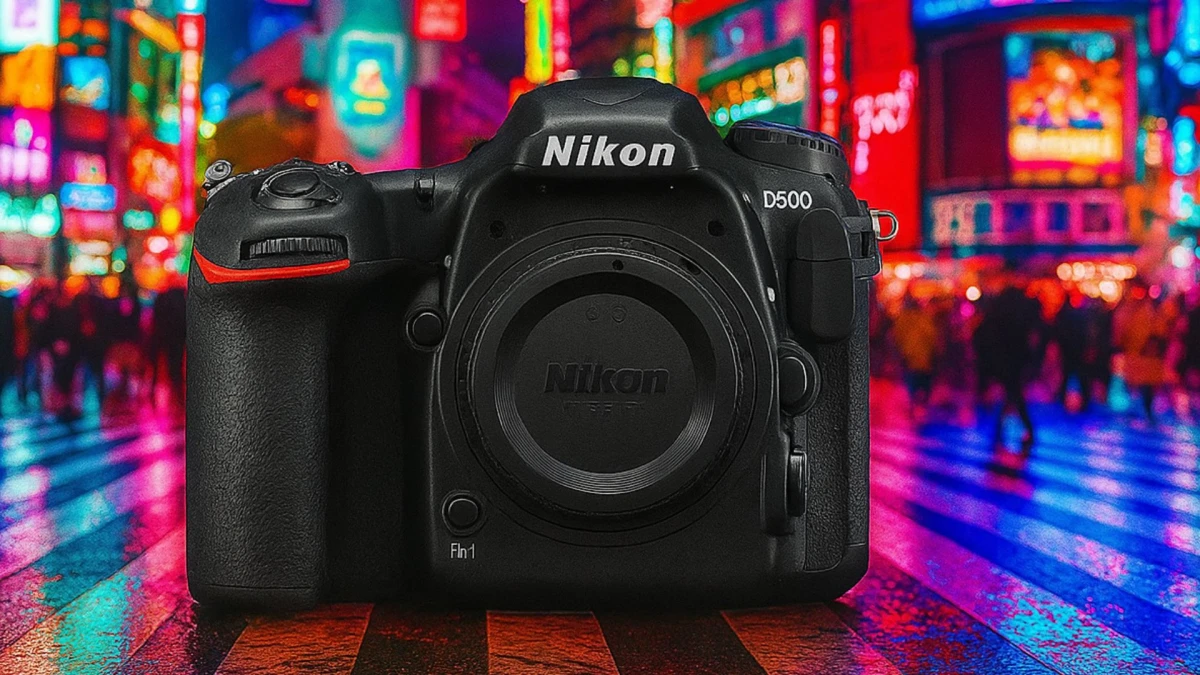
Why it's perfect: Professional-grade APS-C performance with exceptional low-light autofocus capabilities.
Key Features:
-
20.9MP APS-C sensor
-
ISO 100-51,200 (expandable to 1,640,000)
-
153-point autofocus system
-
10fps continuous shooting
-
Professional-grade weather sealing.
Best for: Wildlife photographers, sports photographers, and action photographers.
Price Range: $1,200-1,600
9. Canon EOS 80D
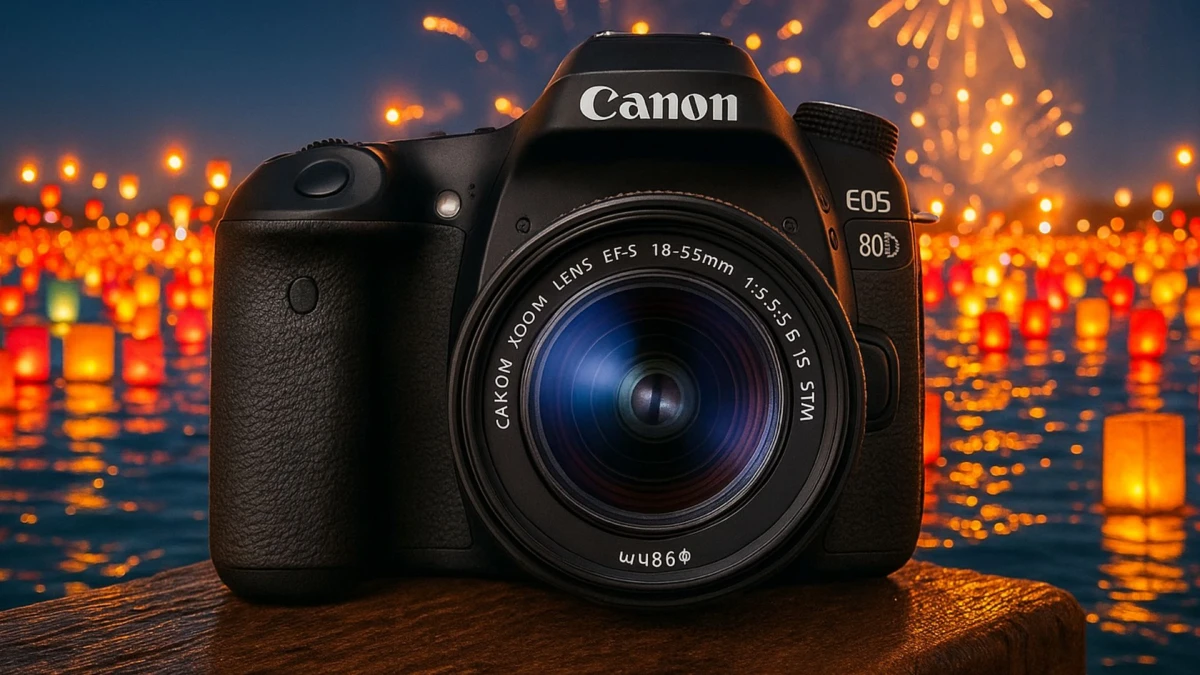
Why it's perfect: Offers excellent low-light performance in the APS-C category with advanced autofocus.
Key Features:
- 24.2MP APS-C sensor
- ISO 100-16,000 (expandable to 25,600)
- 45-point all cross-type autofocus
- Fully articulating screen
- Weather-sealed construction.
Best for: Enthusiast photographers, video creators, and those learning advanced photography.
Price Range: $600-900 (used)
8. Nikon D750
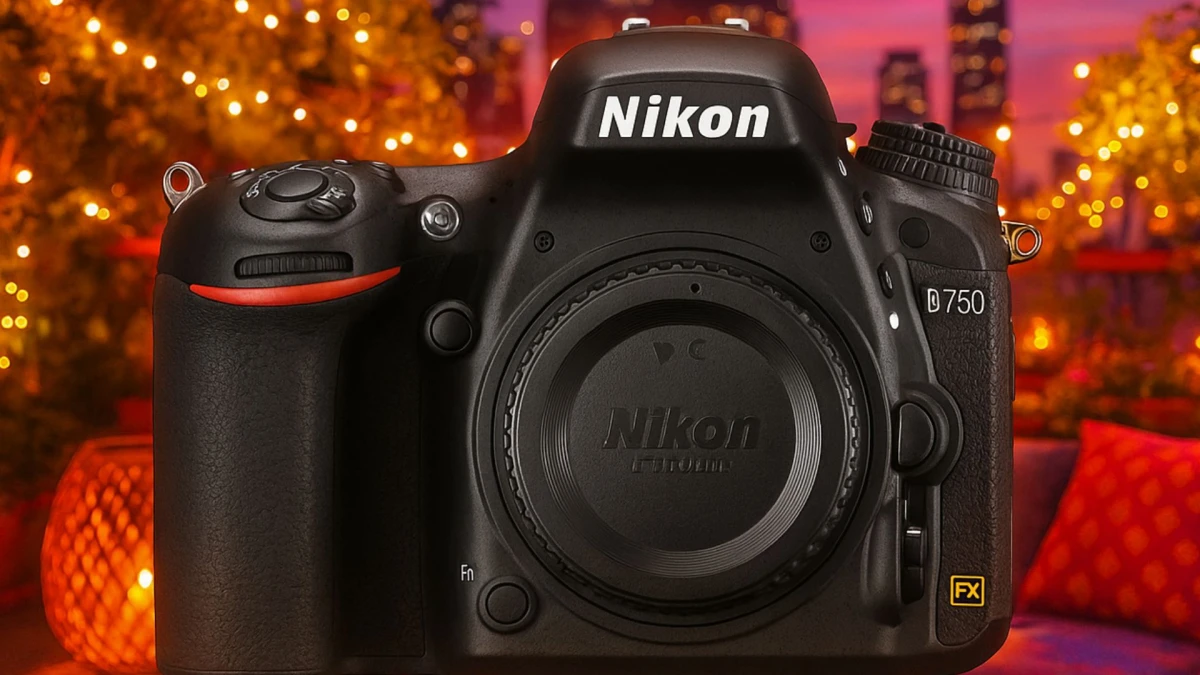
Why it's perfect: Still one of the best value full-frame DSLRs available, with proven low-light performance.
Key Features:
-
24.3MP full-frame sensor
-
ISO 100-12,800 (expandable to 51,200)
-
Tilting LCD screen
-
Built-in Wi-Fi
-
Excellent dynamic range
Best for: Portrait photographers, enthusiasts upgrading from APS-C.
Price Range: $700-1,000 (used)
7. Pentax K-3 Mark III
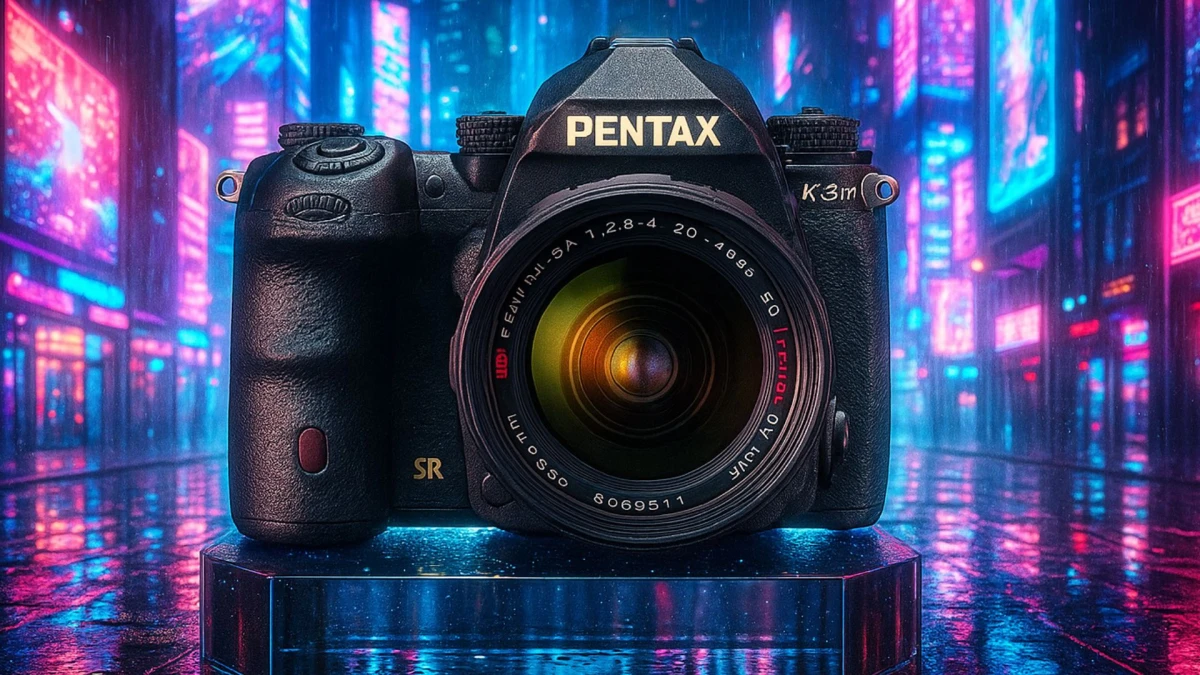
Why it's perfect: The PENTAX K-3 Mark III is a premium APS-C DSLR camera with high ISO performance that practically rivals some full-frame cameras.
Key Features:
-
25.7MP APS-C sensor
-
ISO 100-1,600,000 (extended)
-
In-body image stabilization
-
Weather-sealed, dustproof construction
-
Unique Pixel Shift Resolution mode.
Best for: Outdoor photographers, those needing extreme weather resistance.
Price Range: $1,600-2,000
6. Canon EOS 90D
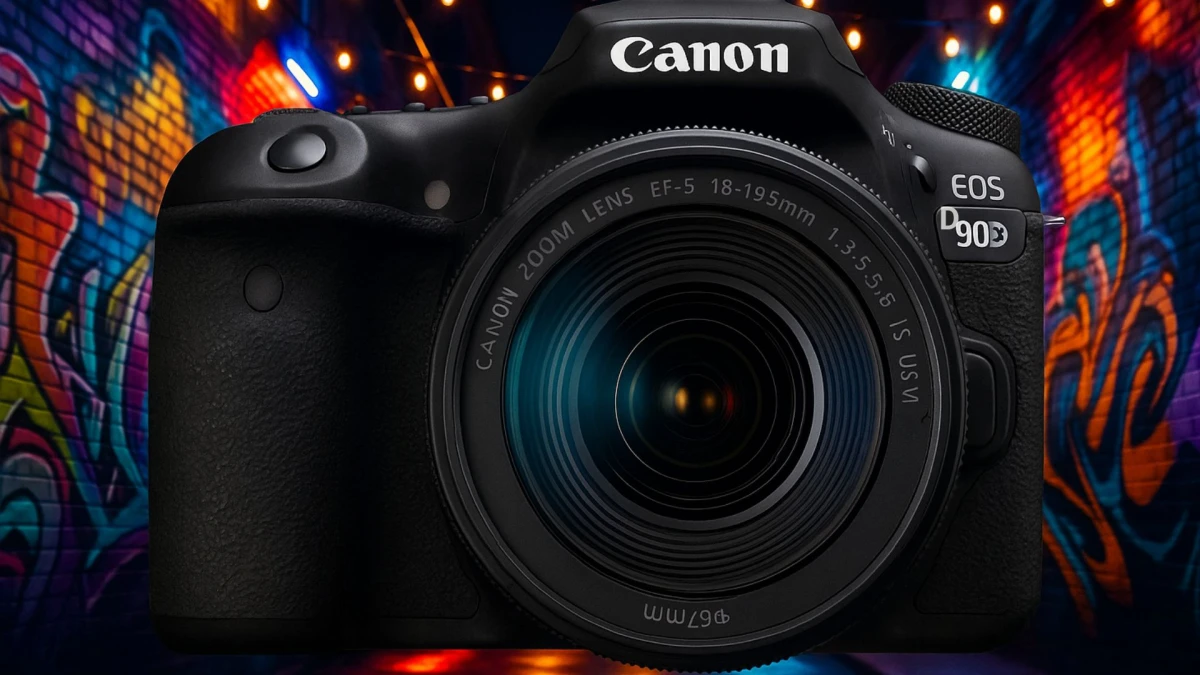
Why it's perfect: We think the Canon EOS 90D is the best Canon camera for those wanting a great all-rounder. It boasts ground-breaking specs that no other DSLR in this category can match, and it packs in an amazing 32.5 million pixels – the highest megapixel count for an APS-C DSLR
Key Features:
-
32.5MP APS-C sensor
-
ISO 100-25,600 (expandable to 51,200)
-
10fps continuous shooting
-
Uncropped 4K video recording
-
Dual Pixel autofocus.
Best for: Wildlife photographers, sports photographers, those wanting to reach with telephoto lenses.
Price Range: $900-1,300
5. Pentax K-1 Mark II
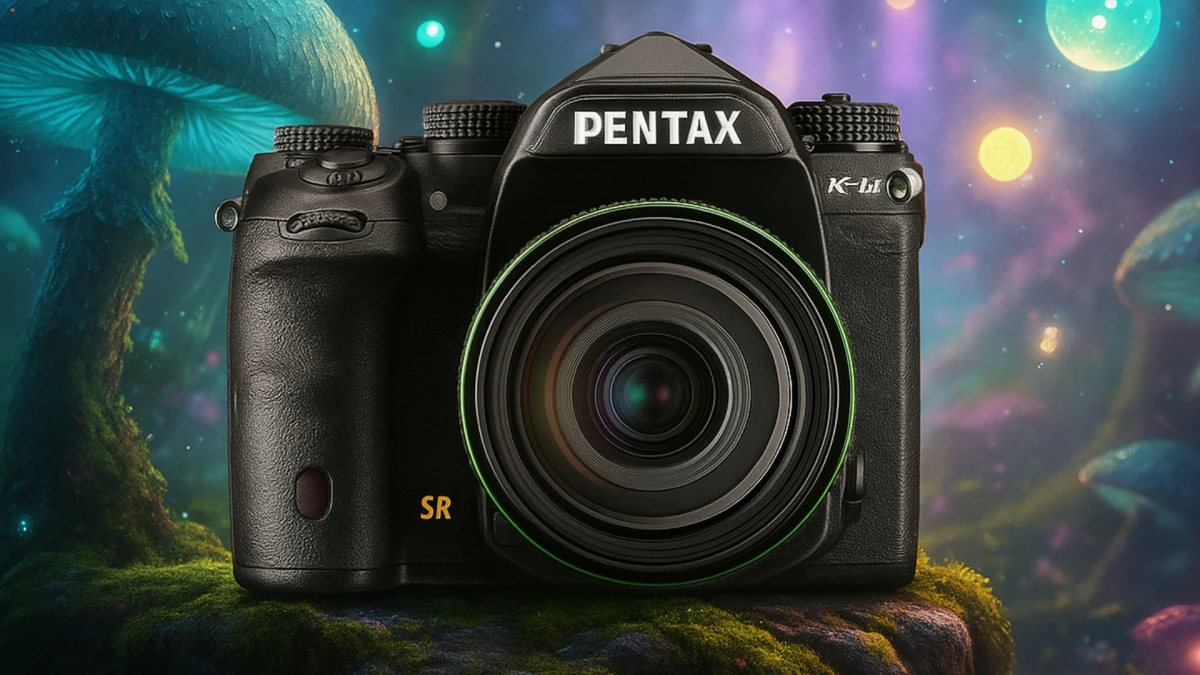
Why it's perfect: Pentax's flagship offers incredible value with features typically found in much more expensive cameras.
Key Features:
-
36.4MP full-frame sensor with sensor-shift image stabilization
-
ISO 100-819,200
-
In-body image stabilization (rare for DSLRs)
-
Weather-sealed construction
-
Astro-tracking mode for astrophotography.
Best for: Landscape and astrophotographers, those wanting in-body stabilization
Price Range: $1,400-1,800
4. Canon EOS 6D Mark II
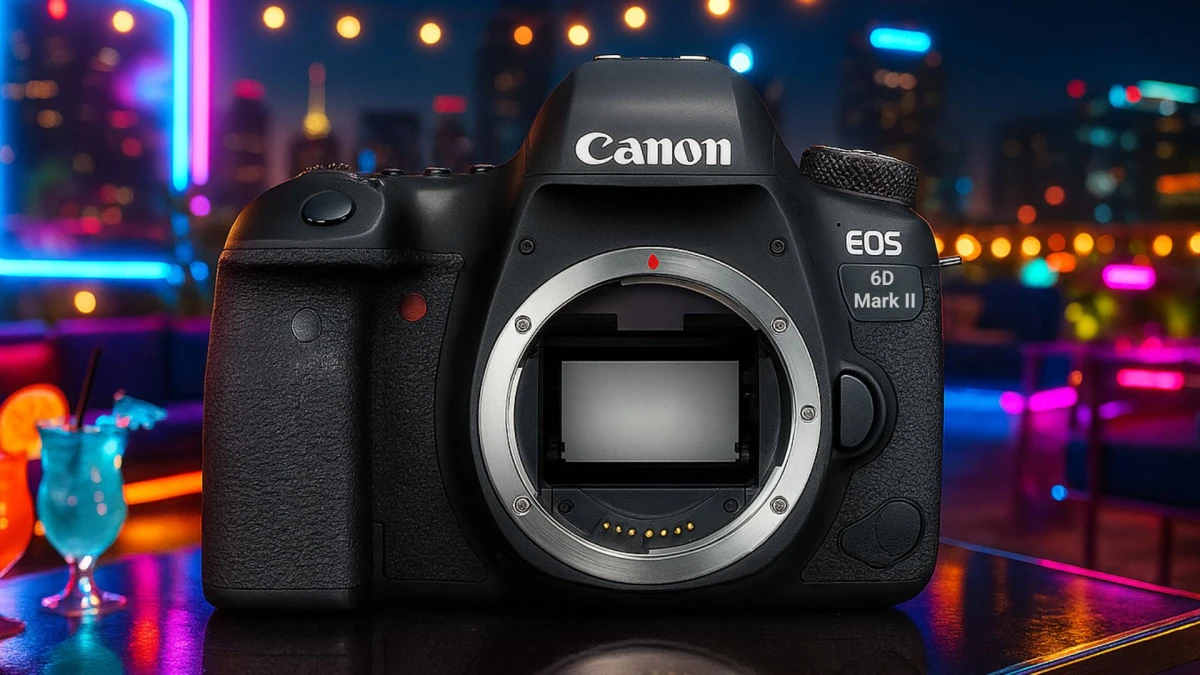
Why it's perfect: Available secondhand for a similar price to beginner DSLRs, new, the enthusiast-level EOS 6D is a full-frame camera with a 20MP sensor and decent handling that will give you better image quality than most of the models included in the main list, especially in low light.
Key Features:
-
26.2MP full-frame sensor
-
ISO 100-40,000 (expandable to 102,400)
-
Fully articulating touchscreen
-
Built-in Wi-Fi and Bluetooth
-
Lightweight for a full-frame DSLR
Best for: Budget-conscious photographers wanting full-frame performance, and travel photographers.
Price Range: $800-1,200 (used)
3. Canon EOS 5D Mark IV

Why it's perfect: If you can handle the asking price, the EOS 5D Mark IV is one of the most complete and capable DSLR cameras we've ever tested.
Key Features:
-
30.4MP full-frame sensor
-
ISO 100-32,000 (expandable to 102,400)
-
Dual Pixel autofocus system
-
Built-in Wi-Fi and GPS
-
Excellent low-light autofocus performance.
Best for: Professional photographers, portrait and landscape photographers.
Price Range: $2,200-2,800
2. Nikon D780

Why it's perfect: The Nikon D780 is a fantastic DSLR camera for low-light photography. It's bulkier than a mirrorless option like the Canon EOS R6 Mark II, and it lacks IBIS, but its full-frame sensor has some of the best low-light noise handling we've tested.
Key Features:
-
24MP full-frame sensor optimized for low light
-
ISO 50-204,800 extended range
-
Hybrid autofocus system with 273 focus points
-
4K UHD video recording
-
In-camera USB charging.
Best for: Hybrid shooters who want both photos and video, and wedding photographers.
Price Range: $1,800-2,200
1. Nikon D850
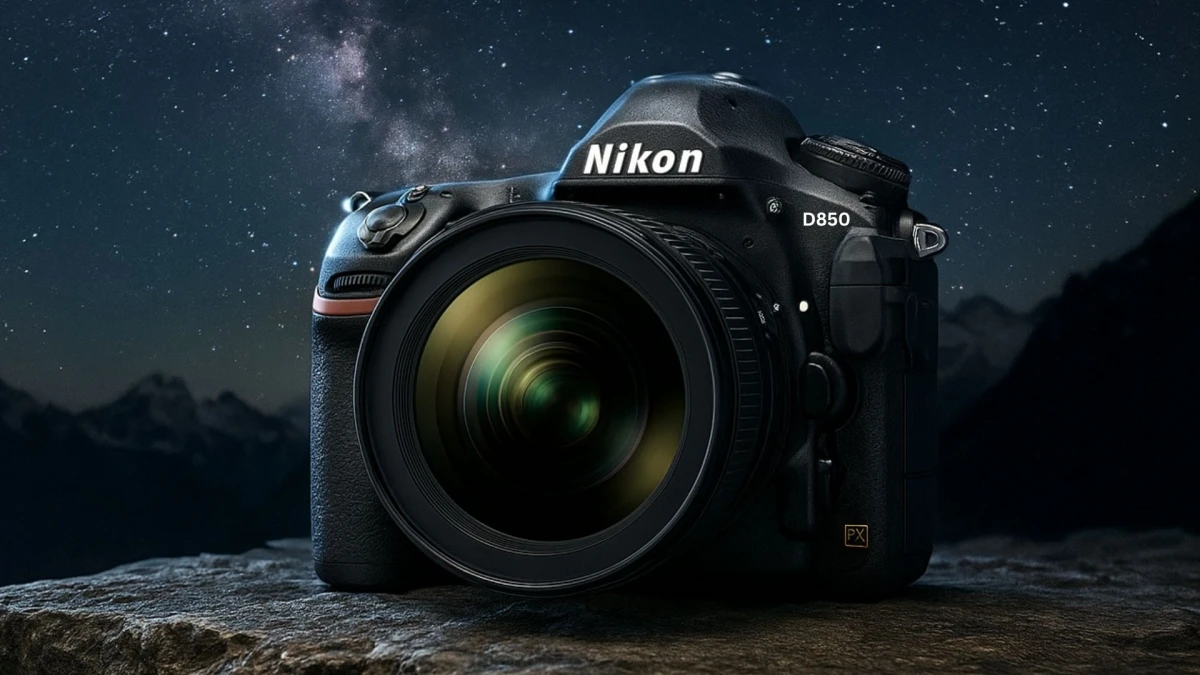
Why it's perfect: The Nikon D850 is a model that shows that, despite the rise of mirrorless cameras, there's still plenty of life in DSLRs. It's a fantastic choice if you're looking for one of the best cameras for low-light photography.
Key Features:
-
45.7MP full-frame sensor with backside illumination
-
ISO range: 64-25,600 (expandable to 102,400)
-
Exceptional dynamic range and noise control
-
Weather-sealed magnesium alloy body
-
Perfect for astrophotography and professional work
Best for: Professional photographers, enthusiasts serious about image quality, and astrophotography.
Price Range: $2,000-2,500
Why Choose a DSLR in 2025?
While mirrorless cameras grab headlines, DSLRs offer compelling advantages for low-light photography:
- Value: DSLRs and their lenses are getting cheaper on the second-hand market. You can build a professional low-light kit for a fraction of the cost of new mirrorless equipment.
-
Battery Life: Optical viewfinders don't drain power like electronic ones. Expect 2,000+ shots per charge compared to 400-600 for most mirrorless cameras.
-
Lens Ecosystem: Decades of lens development mean incredible variety and value in the used market.
-
Ergonomics: Larger bodies provide better grip and more physical controls, crucial for night photography when you're wearing gloves.
Frequently Asked Questions-FAQs
What makes a DSLR good for low light?
A DSLR with a large sensor, high ISO range, low noise levels, and fast autofocus performs best in low-light conditions.
Are full-frame DSLRs always better in low light?
Generally yes — their larger sensors gather more light and produce cleaner images at high ISO levels.
What lens is best for low-light DSLR photography?
Fast primes like a 50mm f/1.8 or 85mm f/1.4 are ideal for capturing sharp images in low light.
Disclaimer:
The information in this article is based on independent research, product specs, and user reviews available at the time of writing. Camera performance may vary depending on shooting conditions, lenses used, and firmware updates. We do not guarantee specific results. Some links may be affiliate links, from which we may earn a small commission.

